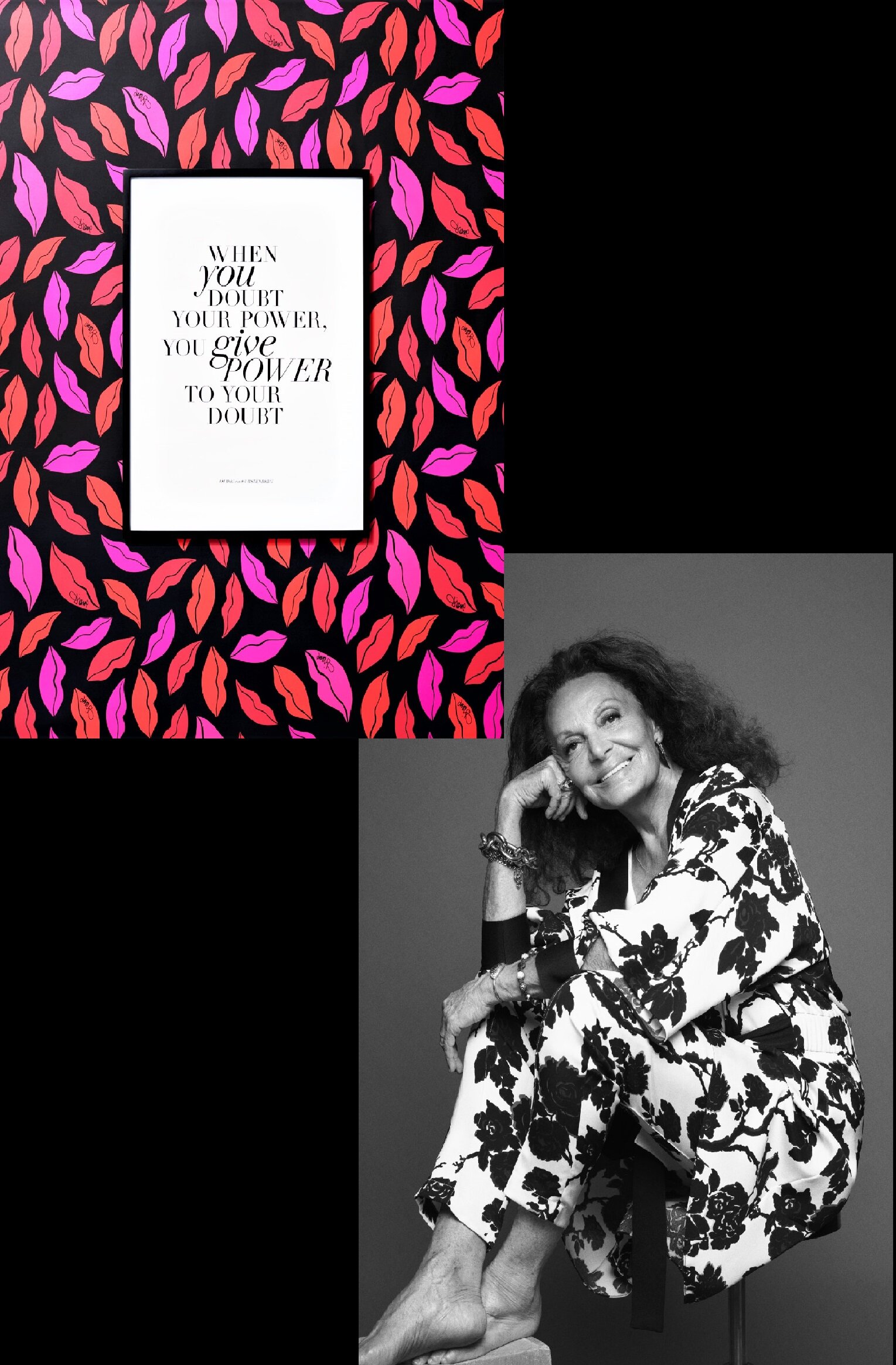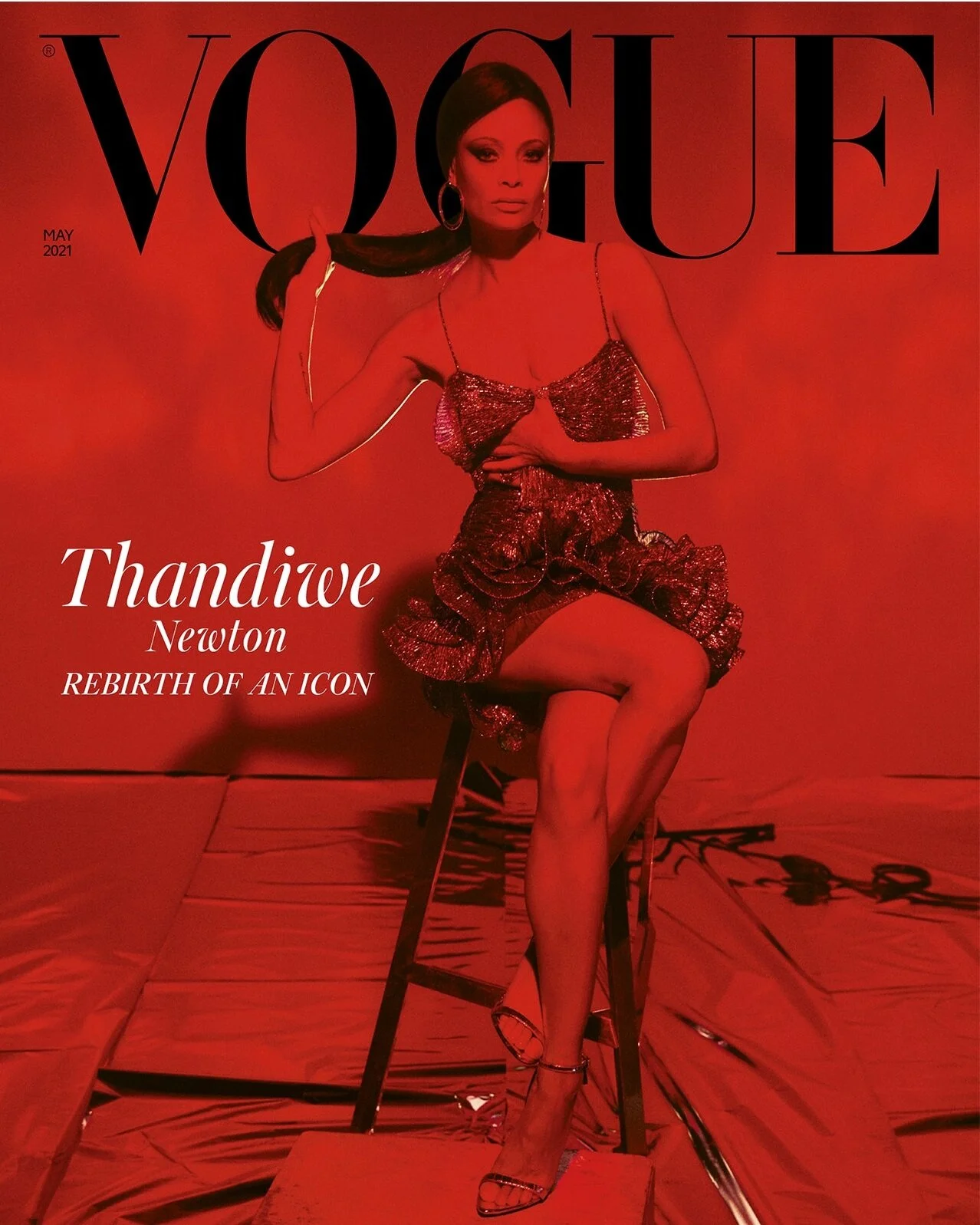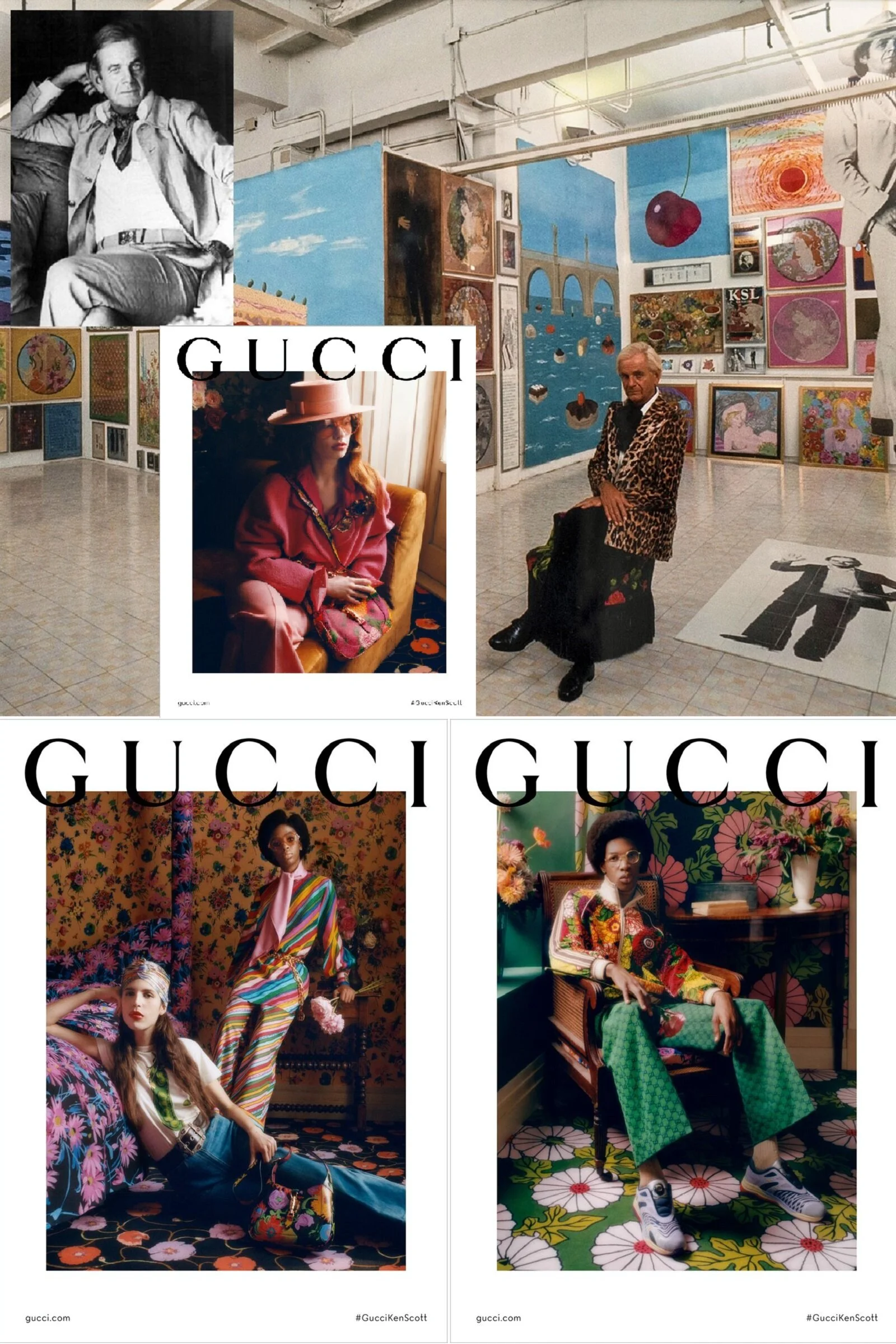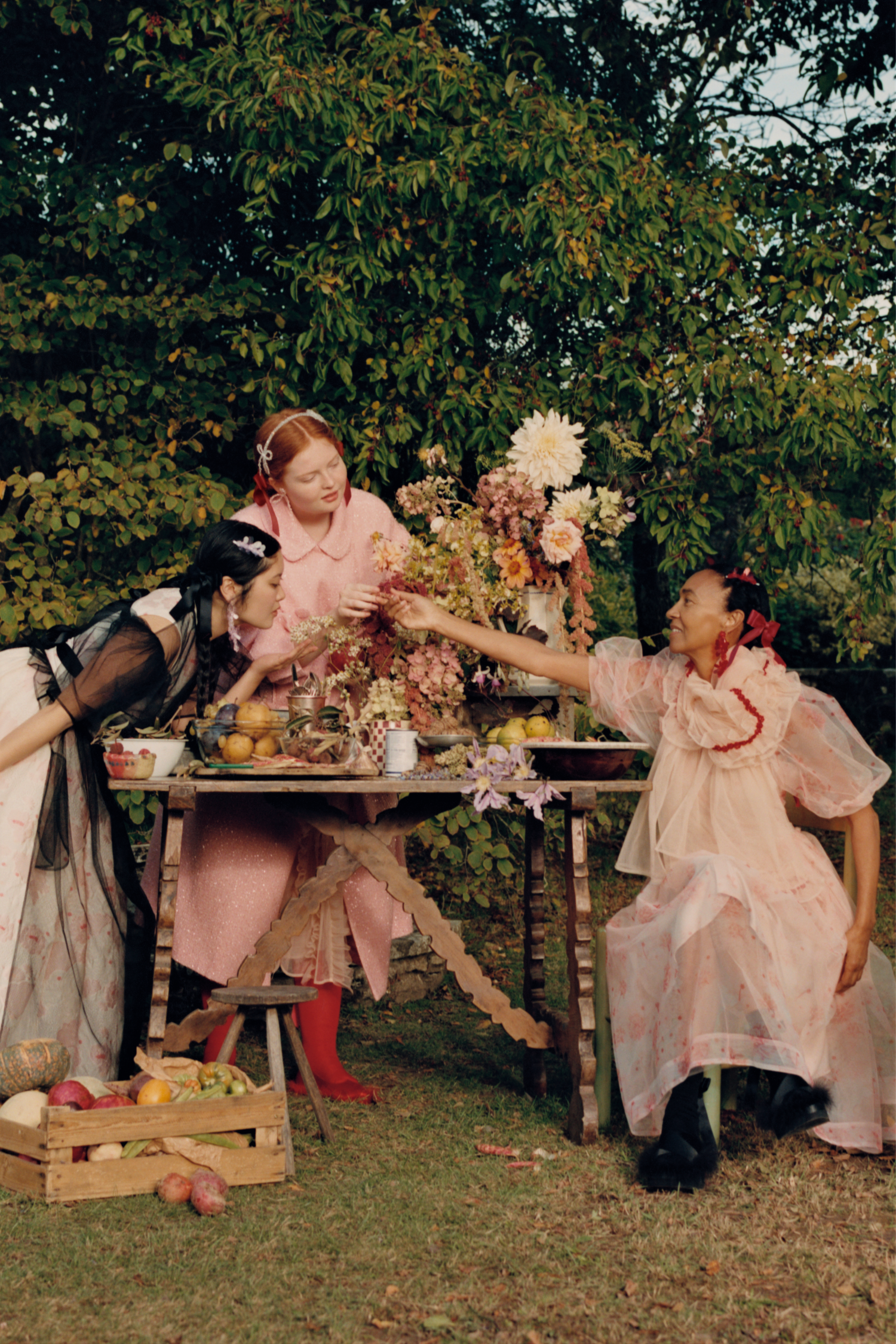Slow Living Lovers Like Rough Luxe
/http://bit.ly/lXHoR
A design trend called “rough luxe” isn’t only for trust fund kids, whose inheritance went bust. Between you and me, the really rich didn’t get hit so hard in the economic meltdown. According to Forbes, the world’s billionaires lost 23% of their wealth, but the stock market has moved upwards since then.
“Rough Luxe” appeals directly to members of the “Slow Living” movement.
 London’s Rough Luxe HotelFor every person who wants to throttle me for taking a concept inspired by stepping back from materialism and the pursuit of shiny new things, and making it commercial — I am only reporting here. Feel free to comment.
London’s Rough Luxe HotelFor every person who wants to throttle me for taking a concept inspired by stepping back from materialism and the pursuit of shiny new things, and making it commercial — I am only reporting here. Feel free to comment.
There’s no doubt that our growing passion for simpler, and hopefully cheaper, living manifests itself in a delight for farm-to-table eating — even in our own kitchens — and craftsmanship with a history. Even if we don’t know who made our new kitchen table, we’d like to believe that we could trace its roots, if so inspired.
Especially among Americans, people seek to restore an American patina lost to strip malls and cheap imports that fall apart (which is not to suggest that American-built cars haven’t been known to follow suit). In particular, I’ve had a problem with imported lamps, even those from Restoration Hardware.
Unfortunately, even the Slow Living movement, frequently made up of Cultural Creatives who care deeply about environmental issues, must deal with scoundrels like the folks at the Forest Stewardship Council, who give bogus assurances that governments and companies are buying sustainable woods for their products.
Our desire to authenticate and connect assumes that honest people are working with us at the production end of our quest. Unfortunately, human greed gets in the way, which is why many members of the Slow Living movement want us to stop buying much of anything.
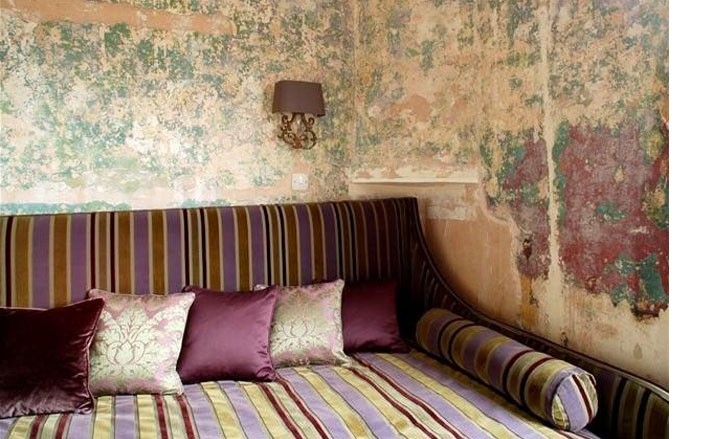 London’s Rough Luxe Hotel is a place for dialogue as well as sleeping.We can recycle, fix-up, and rehabilitate instead. Agreed. But for those who don’t have the time or inclination, “living new” these days often feels like a trip into the past, but with new, modern and hopefully earth-friendly technologies.
London’s Rough Luxe Hotel is a place for dialogue as well as sleeping.We can recycle, fix-up, and rehabilitate instead. Agreed. But for those who don’t have the time or inclination, “living new” these days often feels like a trip into the past, but with new, modern and hopefully earth-friendly technologies.
I simply adore a few lines in WSJ Magazine’s article Rough Luxe: Homes and Interiors.
A couple years ago I was sent to a “rough” hotel in London, by a friend in Paris. Frankly, I thought the price was too cheap, but given his own position and lifestyle, I followed his advice and was miserable more or less, but also made the best of things.( OMG. Just confirmed that it’s the same place.)
After all, I was in London.
 London’s Rough Luxe HotelLondon’s “Rough Luxe” hotel is inspired by the same concept (and appears to be steps away from the other hotel and could be the same one) but it manages to deliver a sense of luxury, even if the paint is deliberately left peeling. “The different layers and types of wallpaper were the witness of every family and every era that has come through, from 1827 until today,” says Rabih Hage, the architect.
London’s Rough Luxe HotelLondon’s “Rough Luxe” hotel is inspired by the same concept (and appears to be steps away from the other hotel and could be the same one) but it manages to deliver a sense of luxury, even if the paint is deliberately left peeling. “The different layers and types of wallpaper were the witness of every family and every era that has come through, from 1827 until today,” says Rabih Hage, the architect.
The concept of shared bathroom is rather bohemian. I have visions of Janis Joplin and New York’s Chelsea Hotel, Jimmy Hendrix and peace marches. Indeed, sharing a bathroom is fine by me. Just now, I remember the magnificent mahogany library table my roommate and I dragged home from a Chelsea neighborhood steet.
 Li Edelkort’s Parisian apartment via The Design Files, April 2008Not every “Rough Luxe” stage set looks like it came from old money or wealth. Li Edelkoort’s Parisian warehouse apartment communicates an authentic Slow Living sense of place, where less is more.
Li Edelkort’s Parisian apartment via The Design Files, April 2008Not every “Rough Luxe” stage set looks like it came from old money or wealth. Li Edelkoort’s Parisian warehouse apartment communicates an authentic Slow Living sense of place, where less is more.
Li has always imagined good living pared down to the fundamental essentials of a meaningful life. She’s a Cultural Creative master thinker, with a deep appreciation for beautiful design, but also the desire to be free from possessions, unless they are treasures.
Seeking Li Edelkoort’s table and benches reminds me of a similar setup in her Trend Union office in Paris, home to many mind-boggling lunch discussion between us. This reflection gets us to the core of the Slow Living movement and how it intersects with the Rough Luxe design trend.
 Rabin Hage at LS:N Global network evening in LondonCultural Creatives and Slow Living Lovers thrive on communicating — including listening. Dialogue and new ideas inspire more intensely than new baubles. Baubles are for Moderns, unless they’re vintage heritage pieces with an honorable history.
Rabin Hage at LS:N Global network evening in LondonCultural Creatives and Slow Living Lovers thrive on communicating — including listening. Dialogue and new ideas inspire more intensely than new baubles. Baubles are for Moderns, unless they’re vintage heritage pieces with an honorable history.
When in doubt, don’t buy it. Ideas inspire new dreamstates, connecting us to our creative firepower.
Anne
More reading:
The NYTimes brings us several Creative Loafing: The Haute Flophouse hotels.
Wallpaper features Rough Luxe Hotel, London
A not so loving review of Rough Luxe from the London Times
Cultural Creatives Constitute the Core of the Slow Living Movement AC Cultural Creatives
















